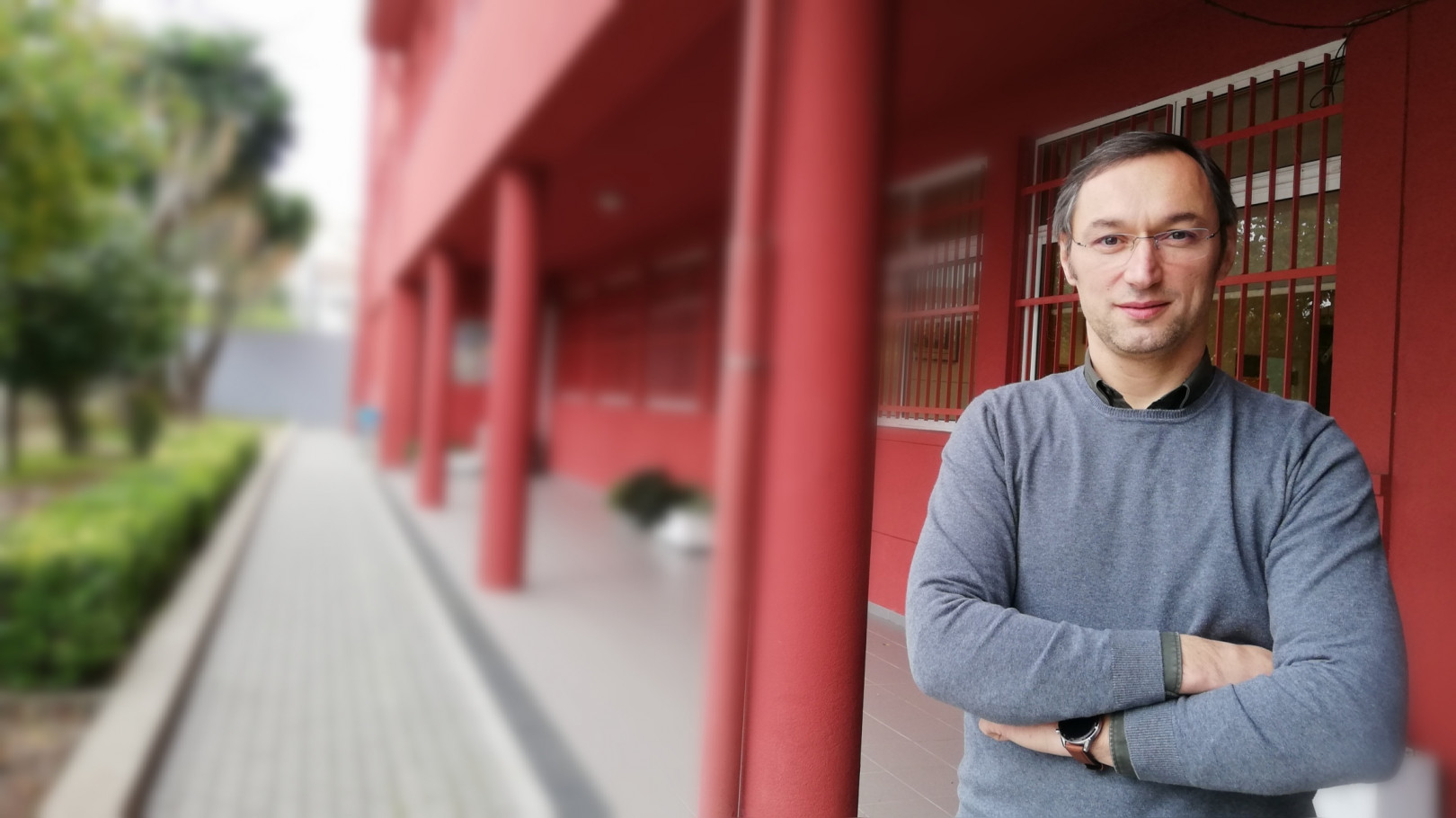INESC TEC researcher creates a robotics kit for children and teenagers
Rolando Barradas, researcher at INESC TEC’s Centre for Robotics in Industry and Intelligent Systems (CRIIS), is responsible for developing a robotics kit for children and teenagers, capable of promoting the development of skills in different areas.
26th November 2020
This initiative is part of Rolando Barradas’ PhD in Electrical and Computer Engineering at the University of Trás-os-Montes and Alto Douro (UTAD), and it aims to make robotics more accessible to children and teenagers, giving schools the opportunity to acquire robotic equipment for students at a lower cost. More specifically, the goal is to “add components that already exist on the market to create a more accessible kit, namely when compared to the rest”, said Rolando.
With a budget of €235K allocated to the Erasmus+ project KA202 Robots for STEM, the main goal is to engage students in terms of Science and Technology, through the development of a robotics kit that can be used as an interdisciplinary teaching tool. The idea is to create a curriculum for subjects other than computer science and robotics, such as physics and mathematics, with tasks that can be solved using a robot.
According to Rolando Barradas, this initiative is crucial “to promote equity in terms of the real access to technology and equipment. There are schools that have more funds, which facilitates the acquisition of kits currently available on the market; however, for most of them, it is only possible to buy four or five per group of schools, which is clearly unsatisfactory if we want to make robotics an integral part of children and young adults’ curriculum.” Additionally, the researcher also mentioned that “what we’re really striving for is the creation of something more than the kit itself. The idea is developing something that goes beyond the simple teaching of computer science, robotics and programming, but that is sufficiently appealing and flexible, so it can be used in other fields, such as physics and mathematics. Of course, it takes more than an engineer to create a technical solution like this. It is necessary to rely on experts from other areas. That is why we asked schools to help us in this task. ”
The project has a scheduled duration of 24 months, and five elementary schools as main partners: Colégio Paulo VI, in Portugal, and another four in Turkey, Italy, Lithuania and Croatia. The groups also includes a Portuguese company dedicated to teachers’ training and another focused on project’s consultancy, with headquarters in England.
Moreover, the researcher stated that “one of the major problems identified before applying for the project was the fact that providing technology solutions to schools is useless if teachers are not able to use them. And, as far as robotics is concerned, few professionals from areas other than computer science dare to venture into these activities. That is why we also included a company dedicated to teachers’ training. In addition to creating the tool, the project focused on empowering teachers, by providing technical resources and training on innovative learning environments, like gamification and flipped classroom. In this sense, we’ll try to prevent technology from reaching the schools and become history – which happens many times.”
It is important to mention that the consortium also seeks to develop a tool with activities for students, and educational practices in innovative learning scenarios for teachers, as well as a book with teaching experiences and students’ experiences concerning the practices promoted throughout the project.
The INESC TEC researcher mentioned in this news piece is associated with UTAD.


